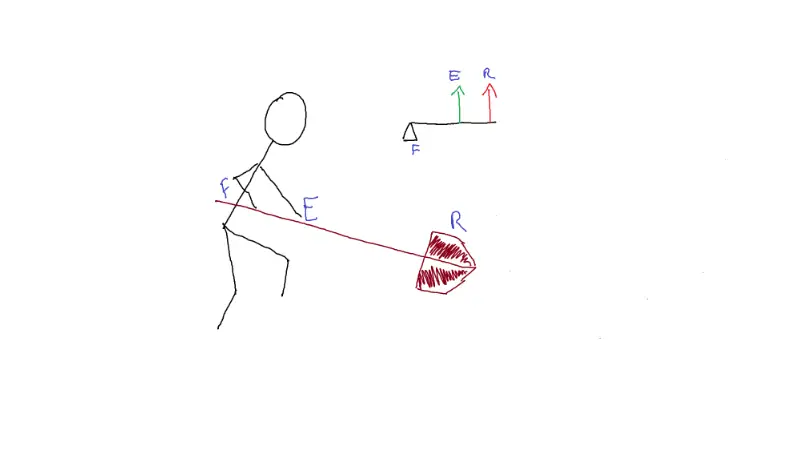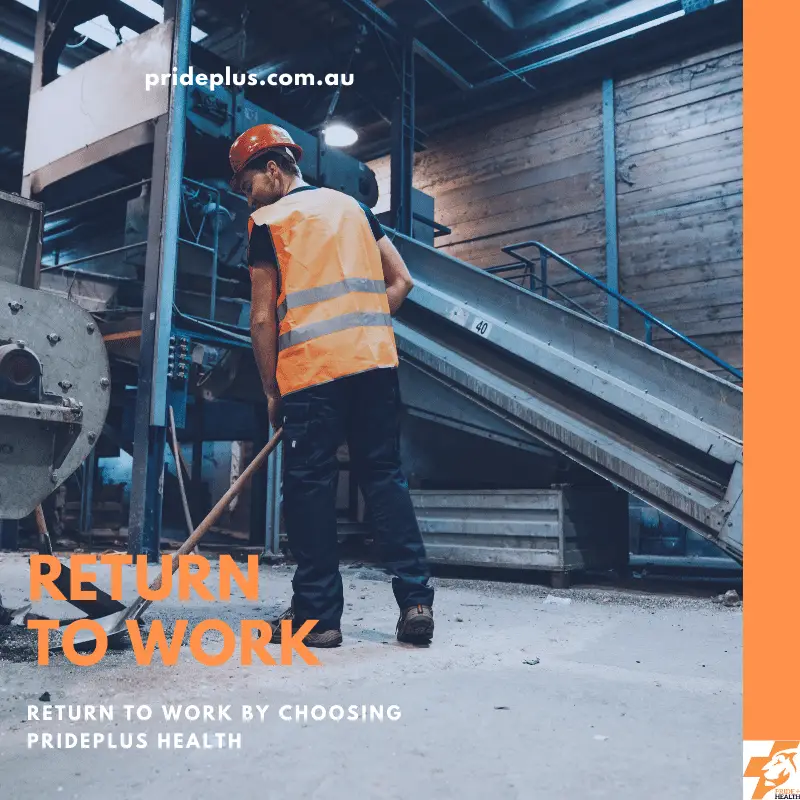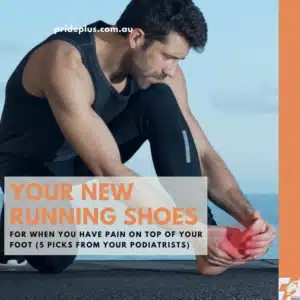When you return to work after an injury it’s a time to celebrate your achievements. It’s a process not unlike playing sport at the highest level. There’s the effort you put in to rehabilitate your joints, muscles, bones and mind (your training). Add in the support from your boss, your work safe agent, your physio and family (your coaching staff). This process is a real team effort with you as the star player taking the big wickets and kicking the important goals.
Ready to begin your pre-season training? Let me explain more.
Workplace injuries are just like sporting injuries. Both returning to work and returning to sport after an injury, involve more than treating the injured body part. A good sports physio has a deeper understanding of the biomechanical and physiological demands of the sport and the nifty tricks to get you back to your sport better than before.
Ditto for the physio who understands workplace injuries.
Why is it important to have a physio who understands workplace injuries?
Well, it is the difference between treating back pain solely based on the structure or pathology (as a disc/joint/muscle strain) or treating it as a workplace injury. It is the difference between returning a worker hastily back to work as soon as they can bend over and touch their toes following a back injury or returning the worker to shovelling at the rate of 15 scoops per minute.
The devil is in the details as they say…
Let me take the example above, ‘shovelling’. The act of moving dirt or gravel or whatever using a tool, shovel.
Everyone from the enthusiastic weekend gardener to the worker who does it for a living knows how to shovel. And unlike most workplace tools almost no one requires any training to use one. But the injuries from shovelling abound. With shoulders, elbows, wrists with the lower back taking out the top spots.
What causes lower back pain during the shovelling?
1. Biomechanical factors
To return to work after an injury and you need to first understand the job tasks.
The very act of shovelling subjects the lower back to high loads. To know how much, we first need to understand the concept of internal and external loads.
External load: measures the work performed.
Let’s say the load (weight of the shovel + load ) is 10 kilograms, a modest force of 100 Newtons is the amount of force that must be overcome to perform the shovelling task. The required force is generated by the contraction of the muscles and the force is transmitted to the bones by the tendons.
Internal load: The physical stress on the musculoskeletal system.
A consequence of the above force of 100N exerted by the body is that the adjacent tissues are subjected to mechanical loads as well. This is called the internal load.
This is where it gets interesting….
Can you guess what is the internal load generated in the lower back, as a consequence of the external load of 100N?
It’s a whopping 4744 Newtons at lower lumbar segment L4/L5!
4744N is the amount of compression force that is borne by the bone, joints, tendon, ligaments, disc, bursa and nerves of your back2. 4744N in response to 100N? It does not seem to add up, does it?

Why is the internal load much greater than the external load during shovelling?
My sketch above shows shovelling as a 3rd class lever, where the effort (E) is between the fulcrum (F) and the resistance (R). Note how the resistance is further away from the fulcrum than the effort, making the resistance arm longer than the effort arm.
This means:
More force is required in shovelling to move a load. As a result, the physical stress on the lower back is also more.
So if you are like me, you would have started to wonder if it is worthwhile to shovel at all, considering it does not offer us any ‘mechanical advantage’? Surely, machines are supposed to make it easy on our bodies?
The answer to this dilemma lies in its very purpose. Shovelling as a 3rd class lever is a ‘speed multiplier’.
The longer the resistance arm is, the length of the shovel, the greater the distance the load moves in the same amount of time. And also at higher speed.
The extra effort does not seem to go to waste, rather comes at a cost to the lumbar joints.
2. Physiological factors
- Just as the amount of force is directly related to the loading of tissues, it is also related to the individual variations in bones, muscles, tendons etc. Their ability to cope with the load (both internal and external) can be called ‘loading capacity’.
- Our bodies are good with adapting positively to scenarios where ‘load>capacity’. Our bones, joints, tendons become stronger. In fact they are constantly remodelling and adapting to the physical stresses placed on them. However they can do this only to a certain extent, beyond which injuries can happen.
- This load is not always a one-time shovelling of a 10kg load, it could be cumulative, repetitive and sustained loading as well.
- In the injury risk=load>capacity equation, load refers to both internal and external load. A comprehensive return to work program should look into all aspects of this equation.
This brings to an end ‘Shovelling Basics 101”. I am just kidding 😅. Agreed it’s a bit hectic, hey I did warn you I like details.
The time we spend in a 1:1 consultation at the clinic is barely 1% of your entire time in a week. Doesn’t it make sense to look into what you do during the rest for the working week?
As a starting point, you need to understand your ‘sport’. That is the physical activity that you engage in, day in and day out. We are not here to teach you your job, you are the expert in it. This post is about empowering you to understand the effect of shovelling on your back.
At PridePlus Health, we treat you just as any of our prized athletes. Our return to work program will be comprehensive and actually allow you to return to work after an injury. We begin with understanding your workload and its effect on your body be it from shovelling, forklift driving or computer work.
In our next post, we shall look into how we can use this knowledge and be clever with our shovelling. Brace yourself for the zillion ideas I am going to shovel your way!
Return to work after an injury with pride.
If you’re keen to return to work after an injury with pride, you can learn more about workplace injuries here. We’ve also gone deeper into return to work planning (and shovelling) in this post.
References
Oluwole, AH., Adekunle, A., Olasunkanmi, O & Adeodu, A. 2016. A Shoveling-related Pain Intensity Prediction Expert System for Workers’ Manual Movement of Material. International Journal of Technology; Vol 7, No 4 (2016).
National Research Council (US) Steering Committee for the Workshop on Work-Related Musculoskeletal Injuries: The Research Base. Work-Related Musculoskeletal Disorders: Report, Workshop Summary, and Workshop Papers. Washington (DC): National Academies Press (US); 1999.




